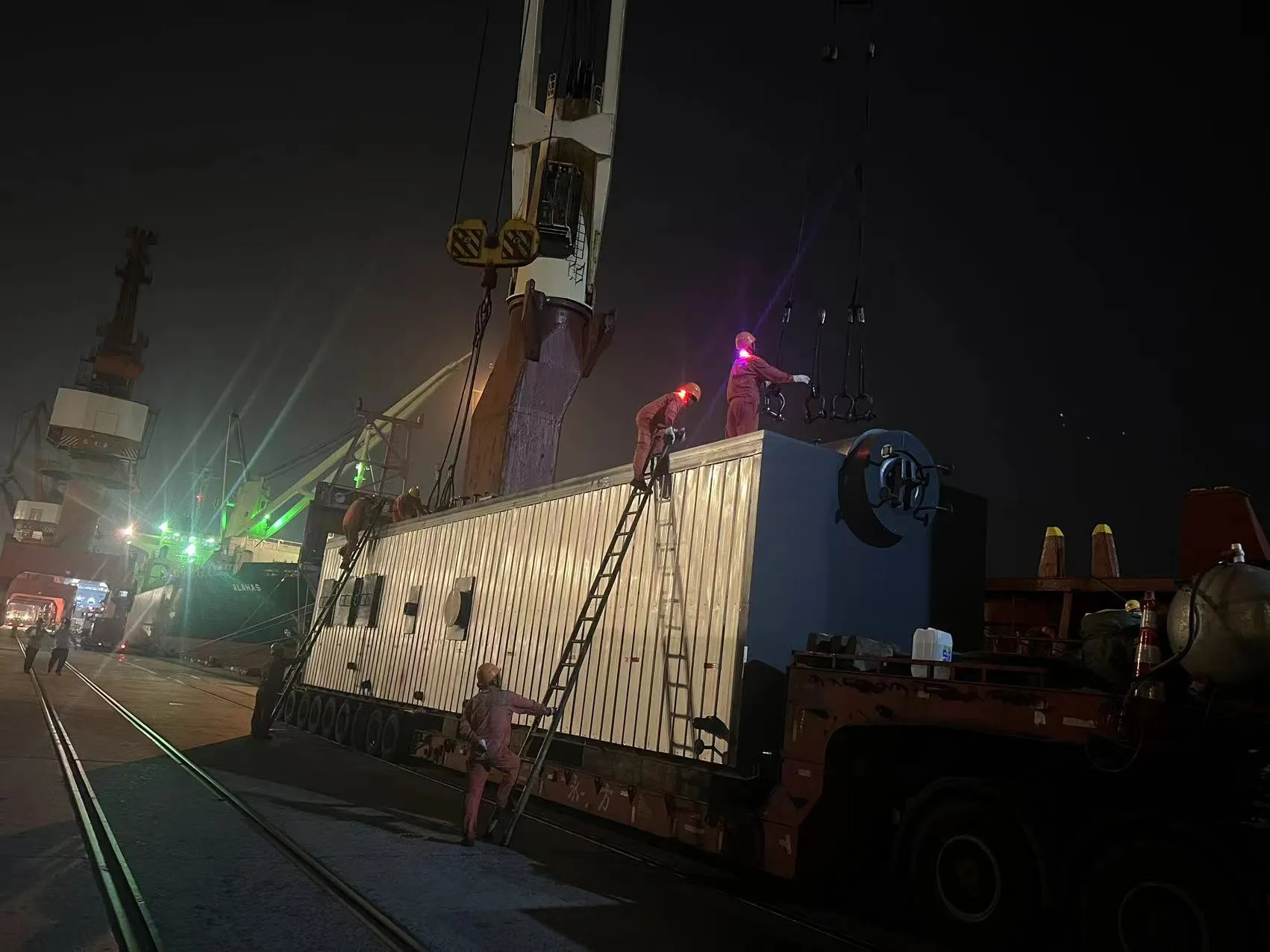Advantages of Properly Installed Steam Boilers for Enhanced Efficiency and Reliability in Industrial Applications
The Importance of a Well-Installed Steam Boiler
Steam boilers play a crucial role in various industrial processes, providing not just heat but also energy for a range of applications. However, the performance and reliability of a steam boiler are highly dependent on its installation. A well-installed steam boiler can lead to significant operational efficiencies, reduced downtime, and extended equipment life. This article delves into the importance of proper installation, highlighting key factors that contribute to a successful steam boiler setup.
Understanding Steam Boiler Installation
The installation of a steam boiler involves careful planning and execution. It is not merely about placing the unit in a suitable location; it encompasses a comprehensive understanding of the boiler’s design specifications, local regulations, and operational requirements. A steam boiler must be installed correctly to function efficiently, meet safety standards, and deliver the energy output required by various processes.
Key Factors in Installation
1. Site Assessment Before installation, a thorough site assessment is essential. This involves evaluating the location for accessibility, ventilation, and proximity to the required utility connections. The site should be spacious enough to accommodate maintenance and repair tasks while ensuring safety distances from combustible materials are observed.
2. Alignment and Leveling Proper alignment and leveling of the boiler are critical. An unlevel boiler can lead to improper water levels, inefficient heat exchange, and increased wear and tear on components. Ensuring that the boiler is installed on a solid, level foundation is vital for operational efficiency.
well installed steam boiler product

3. Piping and Connections The installation of piping and connections should adhere to the boiler manufacturer’s specifications and local codes. Incorrect piping can lead to steam leaks, pressure losses, and other inefficiencies. Experienced professionals should carry out the installation of steam, water, and fuel lines to ensure safety and functionality.
4. Safety Standards and Compliance Adhering to safety standards is paramount during installation. This includes installing pressure relief valves, ensuring proper venting, and complying with regulations concerning emissions and environmental impact. A well-installed steam boiler not only enhances performance but also ensures that safety protocols are met to protect workers and the facility.
5. Testing and Commissioning After installation, the boiler must undergo thorough testing and commissioning. This process includes checking for leaks, validating pressure settings, and ensuring that all control systems are functioning correctly. Testing ensures that the boiler operates at peak efficiency and highlights any issues that need to be addressed before the boiler is put into full service.
Benefits of a Well-Installed Steam Boiler
A well-installed steam boiler offers numerous benefits for industrial operations. Firstly, it leads to enhanced efficiency, reducing fuel consumption and operational costs. Secondly, it minimizes the risk of unexpected breakdowns, which can cause downtime and disrupt production schedules. Moreover, a properly installed boiler can contribute to better environmental compliance by minimizing emissions and ensuring optimal resource utilization.
Conclusion
In conclusion, the installation of a steam boiler is a critical aspect that determines its overall efficiency, safety, and reliability. By focusing on key factors such as site assessment, alignment, proper piping, safety compliance, and rigorous testing, businesses can ensure that their steam boilers are installed to the highest standards. Investing in a well-installed steam boiler is not only a commitment to operational excellence but also a strategic move towards sustainability and efficiency in industrial processes. As industries continue to evolve, the importance of reliable steam generation remains paramount, making the quality of installation a top priority.
-
Electric Steam Boiler Manufacturers: Efficient Industrial SolutionsNewsAug.15,2025
-
Leading Electric Steam Boiler Manufacturers for IndustryNewsAug.14,2025
-
Buy Waste Heat Boilers: Custom, Efficient & Affordable SolutionsNewsAug.13,2025
-
Electric Steam Boiler Manufacturers | Industrial Power & EfficiencyNewsAug.12,2025
-
Electric Steam Boiler Manufacturers: Efficient & Reliable SolutionsNewsAug.11,2025
-
China Steam Boiler Price: Efficient Industrial Systems & BurnersNewsAug.10,2025

